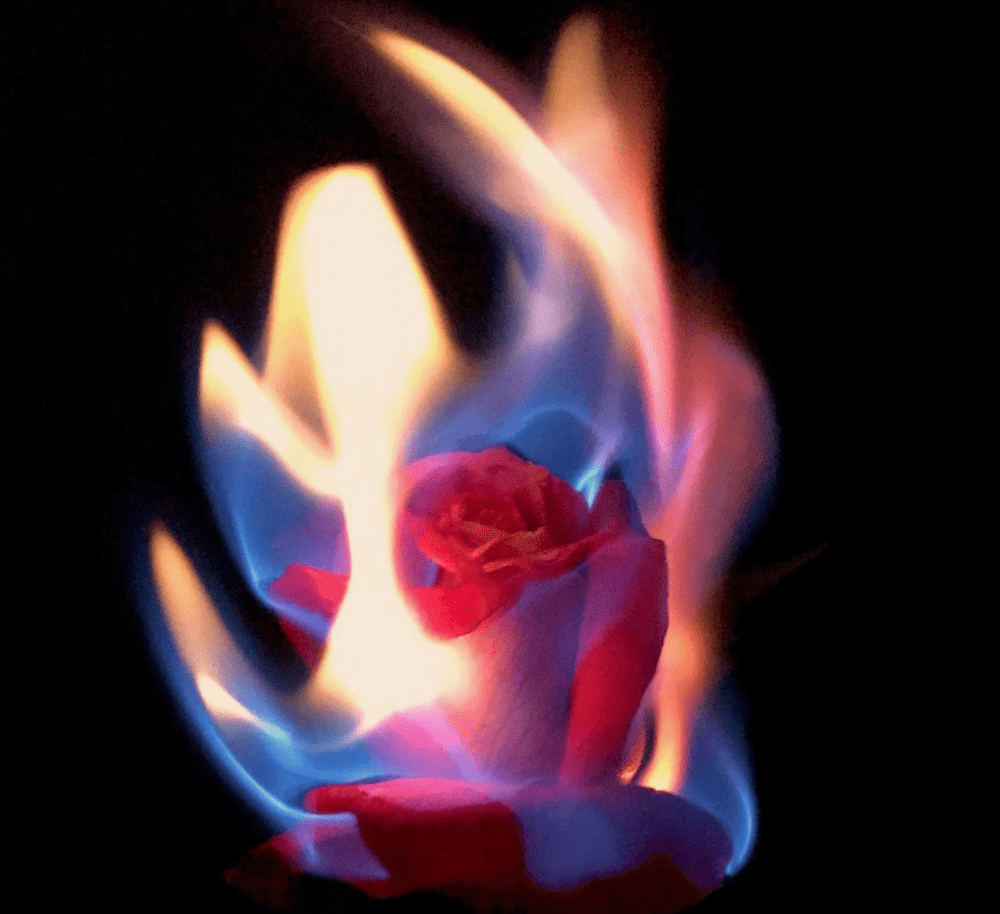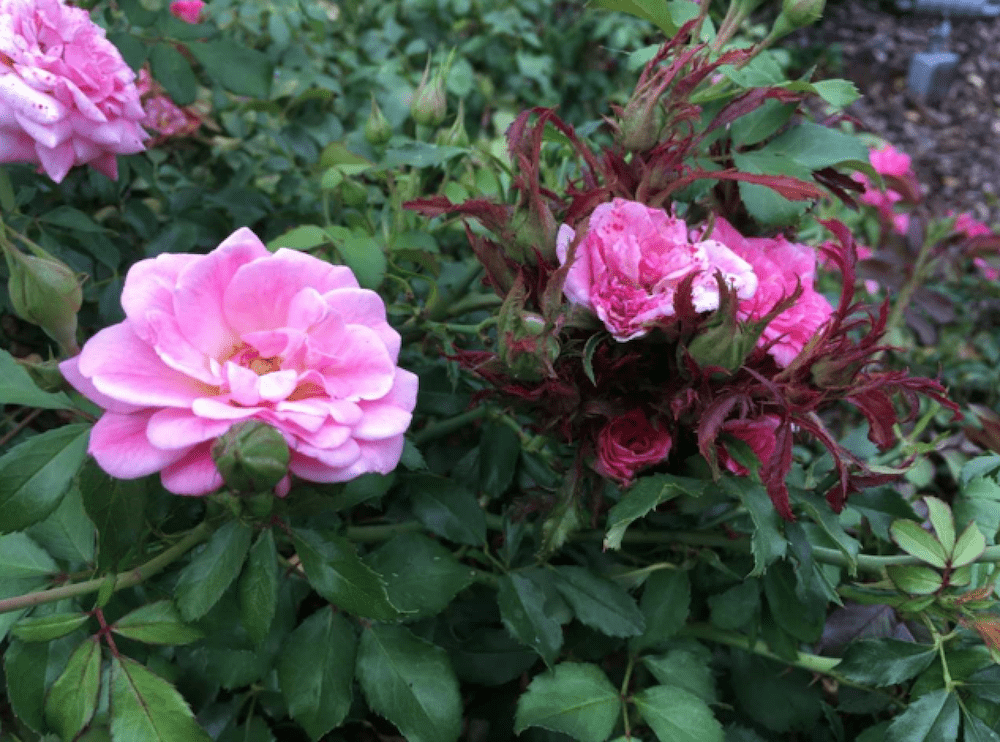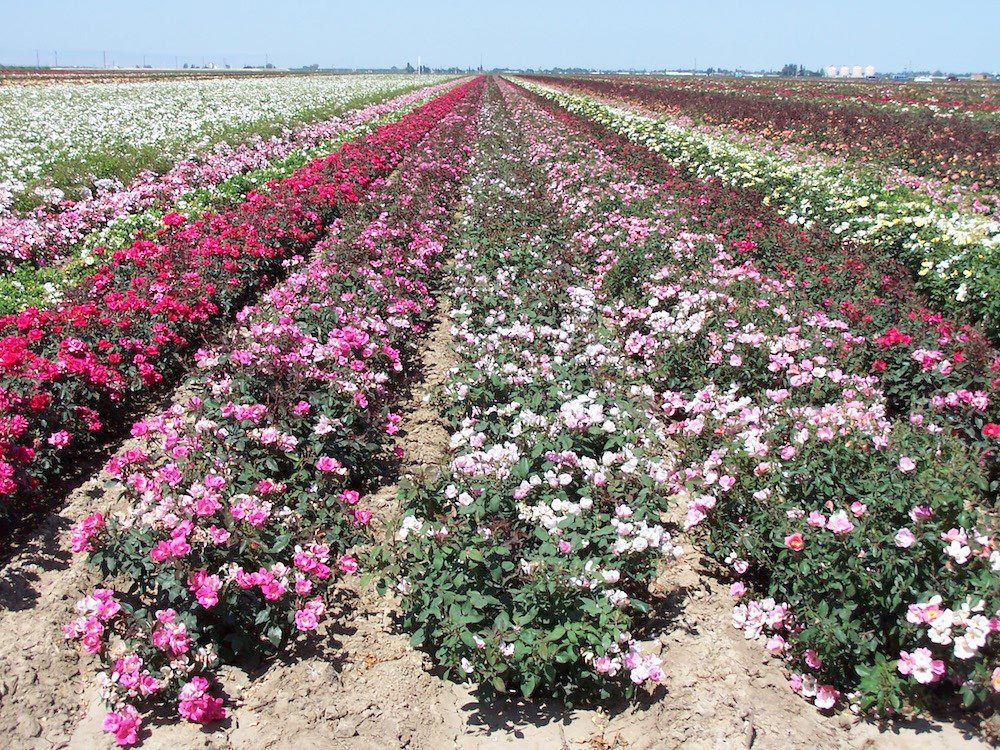Roses Under Attack by Virus Threatening National Flower
By Jill Brooke

As the White House unveiled the renovated Rose Garden, a virus is attacking U.S. roses that could destroy the $600 million dollar industry.
The culprit is called Rose Rosette Disease (RRD) and it’s a virus that is currently attacking rose bushes with increased ferocity.
“It’s the COVID-19 of the rose world,” says Pat Shanley, Chairman of the American Garden Rose Selections and previous President of the American Rose Society. “It’s a disease that spreads and affects neighboring plants. Right now it has no cure. It has the potential to wipe out roses completely. Imagine a world without roses.”
In their rainbows of colors, roses are not only the national flower but the most popular bloom that Americans both grow and give to each other.

The disease symptoms include elongated reddish leaves, hyper thorniness and misshapen canes that look like a witch’s broom. It’s spread by a mite, a microscopic insect that doesn’t fly but gets carried by the wind drifting like a dust particle.
“If the infected plant is not removed, which is the only treatment available at the moment, the disease spreads,” says rose expert and author Paul Zimmerman, who is also an independent consultant to Jackson & Perkins, a company that cultivates roses. “The public needs to be educated to socially distance and remove the plant from other roses.”
What is triggering increased concern is that researchers have known about the disease for years and have quietly been collaborating to find a cure.
For the past decade, Texas A&M University and the University of Tennessee have created rose laboratory farms to test what bushes may have immunities so that cross-breeding can occur to create disease-free plants.
“Practically all roses cultivated today are susceptible to the disease,” says Dr. Mark Windham, Distinguished Professor in Ornamental Pathology at the University of Tennessee. “We have identified a few selections of species roses that show resistance to Rose Rosette Disease.”
Windham also points out that the rose industry, “with a value in the U.S. of approximately $600 million per year” has been losing $40-50 million in rose sales each year to Rose Rosette Disease. “These losses are unsustainable and threaten the collapse of the industry,” he says.
More testing is needed since it takes years to find good hybrids. These teams have already made considerable progress. A resistant variety would be used in breeding the rose as an ornamental plant sold by the rose nurseries including Star Roses and Plants, Weeks Roses, Jackson & Perkins, Altman Plants, David Austin Roses, Spring Meadow, Select Roses and Certified Roses.
Complicating matters, these two university programs were funded through a federal program called Specialty Crops Research Initiative (SCRI) that provides $200,000 in research funds. However, the recent grant proposal wasn’t funded and the progress made toward a cure could be lost.
Rosarians including Paul Zimmerman, Shanley and others including Dr. David Byrne and Dr. Kevin Ong from Texas A&M University have joined forces to create a GoFundMe drive to save America’s roses.
Of particular concern are the millions of rose bushes that have been planted over the years in commercial spaces.

Between the 1930s through the 1960s, hundreds of millions of multiflora roses – which are very susceptible to Rose Rosette Disease were planted in the U.S. for erosion control. In North Carolina and Virginia alone, 34 million bushes were planted. Today, more than 10 states list multiflora rose as a noxious exotic weed with more than 45 million acres infested with this plant.
“In the last 20 years, shrub roses, that require little care, became popular in commercial landscapes in much of the U.S.,” adds Windham. “The lack of routine care allowed infected plants to remain undetected for many years.”
But now it’s a very big problem.
“The roses planted in shopping malls and along highways get the disease and then can spread to private and public gardens,” says Zimmerman.
The disease affects the roses that are ornamental plants and not the cut flower industry, which has most of its production in South America.
As of now, the disease is particularly ravaging the U.S. and not elsewhere – and is particularly hurting the East Coast.
“However, there is concern and evidence that is spreading elsewhere now,” says Zimmerman, who is based in South Carolina.
Roses are so special to the U.S. marketplace the flower was included as a specialty crop in the National Clean Plant Network a few years ago that is funded through the US Farm Bill.
This Thursday, the First Lady will unveil the renovated Rose Garden which as Flower Power Daily reported, didn’t have blooms of roses despite its name. New roses have been planted for this project which was privately funded. Now it looks like research labs need funds too so those roses can continue to bloom and beautify the iconic Rose Garden for generations to come as well as millions of people’s beloved gardens.
![]()
Jill Brooke is a former CNN correspondent, Post columnist and editor-in-chief of Avenue and Travel Savvy magazine. She is an author and the editorial director of FPD.
Photo Credits: #1 Kristine Russell, Rose Society of America, #2 and #3, Pat Shanley
